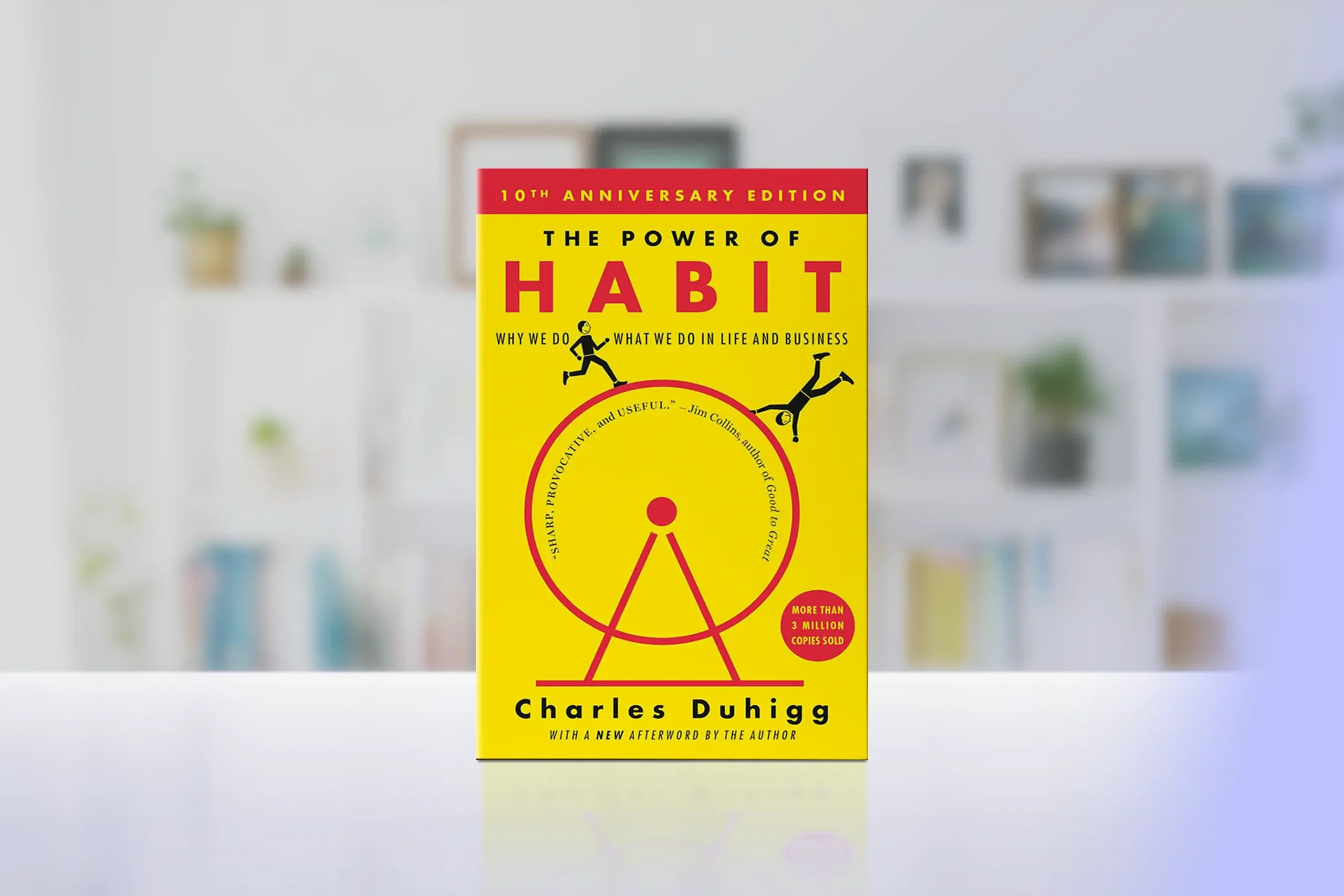Life will test you—often without warning. The real question isn’t whether challenges will come, but whether you’ll stand firm when they do. When your world shakes, if you’re unprepared you crumble—but if you’re unshakable, you will rise. That’s why knowing how to build bulletproof emotional resilience is your ultimate advantage.
Inside this article:

Becoming Unshakable
You’re in the middle of a presentation when your laptop crashes. Your phone buzzes with a family emergency. Your boss is waiting for an answer you don’t have. Yet instead of spiraling into panic, you feel a deep calm settle over you—not because nothing phases you, but because you’ve trained yourself to stay steady when everything else shakes.
That’s bulletproof emotional resilience in action.
In our hyperconnected, high-pressure world, mental strength isn’t just nice to have—it’s survival equipment. Consider the mounting pressures we face daily:
- The demands keep escalating – more responsibilities, faster deadlines, higher expectations
- The pace keeps accelerating – instant communication means instant responses expected
- The stakes keep rising – job security feels increasingly fragile, relationships more complex
But here’s what the research reveals about those who thrive:
- Research shows people with high Emotional Intelligence (EI) earn $29,000 more annually than those with low EI
- A recent longevity study found resilient individuals have 43% higher odds of reaching age 100 compared to less resilient people
- According to McKinsey, demand for emotional skills will grow by 26% by 2030.
The people who thrive aren’t the ones who avoid difficulties. They’re the ones who’ve mastered the art of staying unshakable when difficulties find them.
Resilience isn’t about building walls around your heart or pretending challenges don’t hurt. It’s about developing such a strong emotional core that you can:
- Bend without breaking – adapt to pressure without losing your core identity
- Feel without falling apart – experience emotions fully without being overwhelmed
- Bounce back faster – recover from setbacks with increasing speed and wisdom
Because life will knock you down—that’s not pessimism, that’s preparation.
This foundation of emotional strength becomes even more powerful when combined with Building Confidence and Self-Esteem: Simple Steps for Lifelong Empowerment, which provides the self-assurance needed to face challenges head-on.
Key Takeaways: Resilience is survival equipment in our high-pressure world—it’s about staying steady when everything shakes, not avoiding difficulties entirely.

What is Bulletproof Emotional Resilience?
Let’s clear up some misconceptions first. Bulletproof emotional resilience isn’t about becoming emotionally numb or pretending you’re invincible. I’ve tried that approach—it doesn’t work, and it’s exhausting.
True resilience means you can feel the full weight of difficult emotions without being crushed by them. You can acknowledge fear without being paralyzed, experience anger without being consumed, and sit with sadness without drowning. It’s emotional mastery, not emotional avoidance.
Think of resilience as having three core capabilities:
- Calm under pressure – your heart rate stays steady during chaos
- Quick recovery – you bounce back from setbacks faster than before
- Strong boundaries – you know what’s yours to carry and what isn’t
The difference between being tough and being truly resilient? Toughness often involves suppressing feelings and pushing through at all costs. Resilience involves processing feelings intelligently and responding rather than reacting. Here’s the key distinction:
- Tough people often burn out – they exhaust themselves fighting every battle
- Resilient people often level up – they use challenges as stepping stones for growth
What might surprise you about building emotional armor is that it actually requires more vulnerability, not less. The strongest people I know aren’t afraid to feel deeply—they’ve just learned how to feel without losing themselves in the process.
Understanding these emotional dynamics becomes even more valuable when you develop Emotional Intelligence: How to Improve Self-Awareness and Relationships, which teaches you how to navigate feelings skillfully in all areas of life.
Key Takeaways: Bulletproof resilience is emotional mastery—calm under pressure, quick recovery, and strong boundaries—not emotional numbness or suppression.

5 Mental Shifts of Unshakable People
After studying resilient individuals across various fields, I’ve noticed they share five fundamental mindset patterns that set them apart. These aren’t personality traits you’re born with—they’re mental muscles you can develop.
1. They Own Their Story
Resilient people take radical responsibility for their responses, even when circumstances are beyond their control. They ask, “What can I learn from this?” instead of “Why is this happening to me?” This doesn’t mean blaming yourself for everything—it means recognizing that your response is always within your power, even when the situation isn’t.
2. They Expect Setbacks
Instead of being blindsided by challenges, they normalize them as part of the journey. When obstacles arise, they think, “Here we go again” rather than “Why me?” This mental preparation dramatically reduces the emotional shock that derails so many people.
3. They Control the Controllables
Unshakable people have mastered the art of focusing their energy only on what they can influence. They don’t waste emotional bandwidth on traffic, other people’s opinions, or global events they can’t change. This laser focus preserves their strength for battles they can actually win.
4. They Think Long-Term
They refuse to make permanent decisions based on temporary emotions. When facing short-term pressure, they zoom out and ask, “Will this matter in five years?” This perspective prevents them from breaking under momentary stress.
5. They Redefine Failure
Every setback becomes data, not defeat. They’ve trained themselves to extract lessons from every experience, which means nothing is ever truly wasted. This transforms failures from threats into opportunities for intelligence gathering.
These mental shifts work hand-in-hand with Growth Mindset: How to Develop a Mindset for Success and Resilience, which provides additional strategies for viewing challenges as opportunities for development.
Key Takeaways: Unshakable people share five learnable mental patterns: owning their story, expecting setbacks, controlling the controllables, thinking long-term, and redefining failure as data.

7 Habits to Build Emotional Resilence
Now for the practical part—the daily actions that construct bulletproof resilience. These aren’t grand gestures but small, consistent practices that compound over time.
1. Master Your Self-Talk
Your inner dialogue shapes your reality more than any external circumstance. Resilient people catch negative thought spirals early and redirect them. Instead of “I can’t handle this,” they think, “This is challenging, and I’m learning how to handle it.” The difference seems small, but it’s seismic in practice.
2. Set Unbreakable Boundaries
You can’t be resilient if you’re constantly overwhelmed by other people’s emergencies. Learn to say no without guilt, delegate without micromanaging, and protect your energy like the finite resource it is. Your emotional strength depends on not giving it away carelessly.
3. Breathe Like a Warrior
Under stress, most people’s breathing becomes shallow and rapid, triggering more anxiety. Practice deliberate breathing techniques—4 counts in, hold for 4, out for 6. This simple pattern activates your parasympathetic nervous system and signals safety to your brain.
4. Reframe Every Challenge
Instead of asking “Why is this happening?” ask “How is this helping me grow?” or “What strength am I developing through this?” Reframing doesn’t deny reality—it finds empowering angles within difficult realities.
5. Optimize Your Body to Fortify Your Mind
Your emotional resilience is deeply connected to your physical state. Research shows that regular exercise, quality sleep, and proper nutrition aren’t luxuries—they’re the foundation of mental strength. You can almost feel the difference in your stress response when your body is well-maintained versus when it’s running on empty.
6. Build Your Support Squad
Resilience isn’t a solo sport. Cultivate relationships with people who genuinely care about your wellbeing and can offer perspective during tough times. This doesn’t mean surrounding yourself with yes-people—it means having trusted allies who can help you see clearly when emotions cloud your judgment.
7. Train for Change, Not Comfort
Deliberately expose yourself to manageable challenges to build your tolerance for discomfort. Take cold showers, try new skills, have difficult conversations. The more you practice navigating uncertainty in small doses, the more prepared you’ll be for life’s bigger curveballs.
These habits become even more powerful when combined with insights from The Power of Habit: How Cultivating Good Habits Transforms Your Life, which shows you how to make resilience-building automatic and sustainable.
Key Takeaways: Resilience is built through seven daily habits—from mastering self-talk to training for discomfort—that compound over time to create emotional armor.

Your Resilience Training Plan
Simple Daily Rituals to Harden Your Emotional Core:
Start each morning by asking yourself three questions: “What am I grateful for today?” “What challenge might I face, and how can I prepare?” and “What’s one small way I can strengthen my resilience today?” This five-minute practice primes your mind for both appreciation and preparation.
Building emotional resilience requires intentional practice, just like developing physical strength. Here’s a framework that transforms these concepts into daily action.
A 10-Minute Routine for Bounce-Back Power:
When setbacks hit, use this reset sequence: First, take five deep breaths to regulate your nervous system. Then spend three minutes writing down exactly what happened without judgment—just facts. Finally, spend two minutes identifying one lesson and one next step. This routine prevents emotional spiraling and channels your energy toward solutions.
The “Mental Reset” Checklist for High-Stress Moments:
Keep this accessible on your phone: “Am I breathing deeply? What can I control right now? What story am I telling myself about this situation? How will I view this in one year? What would I tell a friend facing this same challenge?” These questions interrupt stress patterns and redirect your focus toward empowerment.
Tools & Tech for Staying Sharp:
Consider apps like Headspace for meditation, Breathwrk for breathing exercises, or simple journaling apps to track your resilience patterns. The key isn’t finding perfect tools—it’s using simple ones consistently.
To deepen your tracking and reflection practice, explore Journaling for Personal Growth: Prompts and Techniques for Self-Reflection, which provides structured approaches to understanding your resilience patterns.
Key Takeaways: Resilience training requires intentional daily practice with specific routines—a 10-minute bounce-back sequence and mental reset checklist can interrupt emotional spiraling and redirect your energy toward solutions.

Track It, Test It, Strengthen It
You can’t improve what you don’t measure. Building resilience requires honest self-assessment and gradual progression, just like any other skill development.
Workplace studies demonstrate resilient employees show 14.3% higher productivity and 12% lower absenteeism than their colleagues. This data becomes your roadmap for optimization.
When should you adjust your resilience training intensity?
Ease up when:
- You’re feeling constantly overwhelmed despite your best efforts
- Your usual coping strategies aren’t providing relief
- You notice signs of burnout or emotional exhaustion
- Recovery time is getting longer rather than shorter
Resilience building, like physical training, requires balancing progressive overload with adequate recovery.
Consider professional support as performance enhancement, not just crisis intervention:
- Therapists can help you identify blind spots in your thinking patterns
- Coaches can provide accountability and perspective during growth phases
- Support groups can normalize your struggles and offer diverse coping strategies
These aren’t signs of weakness—they’re tools for optimization.
Isn’t it remarkable how the same person can feel completely overwhelmed one day and perfectly capable the next? That’s the power of resilience training—it doesn’t eliminate life’s challenges, but it dramatically improves your ability to navigate them with grace and strength.
Increase intensity when:
- Current challenges feel manageable and routine
- You’re consistently bouncing back within your target timeframe
- You feel ready for the next level of growth
- Your usual coping strategies are working effectively
You can’t improve what you don’t measure. Building resilience requires honest self-assessment and gradual progression, just like any other skill development.
Keep a resilience journal where you note your stress triggers, your responses, and your recovery time. You might be surprised to discover patterns—perhaps you handle work stress better in the morning, or you recover faster when you’ve exercised recently. This data becomes your roadmap for optimization.
When should you adjust your resilience training intensity?
For additional support in managing overwhelming moments, Stress Management: Finding Balance in a Fast-Paced World offers complementary strategies for maintaining equilibrium during challenging periods.
Key Takeaways: Tracking resilience patterns through journaling reveals optimization opportunities, while professional support should be viewed as performance enhancement that dramatically improves your ability to navigate challenges with grace.
You’re Stronger Than You Think
Here’s the truth that changes everything: resilience isn’t something you either have or don’t have. Every time you choose to respond rather than react, you’re laying another foundation stone. Every time you bounce back from a setback, you’re proving to yourself that you can do it again.
Don’t wait for a crisis to start building bulletproof emotional resilience. The best time to strengthen your mental muscles is when life feels manageable and you have the energy and clarity to develop habits you will need when challenges arise.
Start from today
Small steps create massive momentum:
- If you can only manage one deep breath when stress hits – that’s your starting point
- If you can reframe one negative thought per day – that’s meaningful progress
- If you can set one small boundary this week – you’re already building resilience
- If you can practice one habit from this article – you’re investing in your future strength
Remember these essential truths about your resilience journey:
- Progress over perfection – consistent small steps outweigh sporadic big efforts
- Setbacks are data – they show you where to focus your development energy
- Your response is your power – you can’t control everything, but you can control your reaction
- Growth happens in discomfort – lean into challenges as opportunities to strengthen
What one small step could you take today to become a little more unshakable? Because that’s all it takes to begin—one step, one breath, one choice at a time. You’re already stronger than you think. Now it’s time to prove it to yourself.
Related articles
The Role of Failure in Personal Growth: Learning from Setbacks
Complements the mental shift of redefining failure as data
Stress Management: Finding Balance in a Fast-Paced World
Provides additional strategies for managing the pressures mentioned in Section 1
Building and Maintaining Healthy Relationships
Supports the “Build Your Support Squad” habit from earlier in this article.
Further reading
“Can’t Hurt Me” by David Goggins
Learn mental toughness strategies from someone who transformed suffering into unshakable strength
“Working with Emotional Intelligence” by Daniel Goleman
Learn the specific emotional skills that drive workplace success and career advancement through practical applications of emotional intelligence
“Grit: The Power of Passion and Perseverance” by Angela Duckworth
Discover the science behind long-term resilience and why talent isn’t everything
“The Body Keeps the Score” by Bessel van der Kolk
Understand how trauma affects the body and proven methods for healing and building resilience
“Mindset: The New Psychology of Success” by Carol S. Dweck
Develop the growth mindset that transforms challenges into opportunities for strength-building





